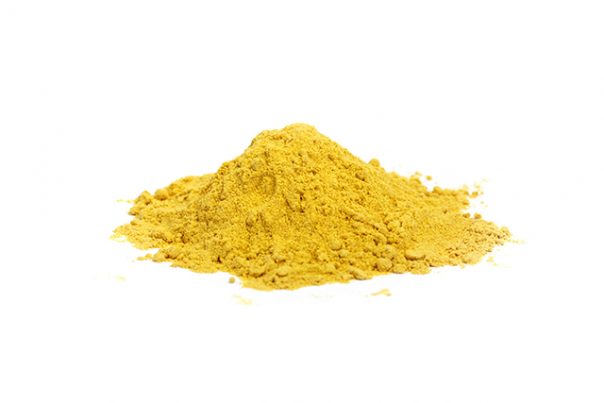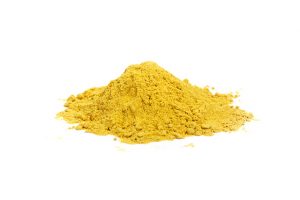
Yellow 11 — toxicity, side effects, diseases and environmental impacts
Thursday, November 16, 2017 by Michelle Simmons
http://www.naturalpedia.com/yellow-11-toxicity-side-effects-diseases-and-environmental-impacts.html

Yellow 11 is a substance used as a color additive in cosmetic products, drugs, spirit lacquers, polystyrenes, polycarbonates, polyamides, acrylic resins, colored smokes, and hydrocarbon solvents. It can be physically described as a bright greenish yellow solid or canary yellow powder.
Yellow 11 can be identified in the other names such as quinoline yellow SS, solvent yellow 33, 4-nitrotoluene-2-sulfonic acid; benzenesulfonic acid, 2-methyl-5-nitro-, alk. cond. products; c.i. direct yellow 11; and D&C yellow no. 11. It has the molecular formula of C18H11NO2.
List of known side effects
There are a few known side effects of yellow 11. Through skin contact, the chemical can cause irritation in the skin. Likewise, when it comes in contact with the eyes it may cause irritation. In addition, it can be slightly hazardous in case of ingestion or of inhalation. Furthermore, yellow 11 may be toxic to the liver and upper respiratory tract, and multiple or long exposure to the chemical can damage body organs.
Body systems affected by yellow 11
Yellow 11 can adversely affect several body systems, such as the respiratory, ocular, integumentary, and digestive systems.
Items that can contain yellow 11
Yellow 11 can be found in personal care products such as bar soap, body oil, conditioner, cuticle treatment, anti-dandruff shampoo, facial cleanser, hair loss treatment, moisturizer, nail polish, polish remover, and styling gel or lotion. Moreover, some pharmaceutical products also contain yellow 11. in addition, it is also used as a colorant in spirit lacquers, polystyrenes, polycarbonates, polyamides, acrylic resins, colored smokes, and hydrocarbon solvents.
How to avoid yellow 11
There are several ways on how to avoid or reduce exposure to yellow 11 when handling the chemical. One of these ways is to wear an approved respiratory protection, such as dust respirator. Wearing this protective equipment can help avoid breathing in the chemical. Another way is to use a protective clothing, such as a lab coat, in order to prevent repeated or prolonged skin contact with this chemical. Moreover, wearing protective gloves and boots, which is chemical-resistant, can help prevent contact with the chemical. Lastly, wearing safety goggles when handling the product can prevent the substance from getting in contact with the eyes.
Where to learn more
Summary
Yellow 11 is a substance used as a color additive in cosmetic products, drugs, spirit lacquers, polystyrenes, polycarbonates, polyamides, acrylic resins, colored smokes, and hydrocarbon solvents. It is a bright greenish yellow solid or canary yellow powder.
Yellow 11 can cause irritation in the skin and eyes.
Yellow 11 may be toxic to the liver and upper respiratory tract.
Yellow 11 can adversely affect the respiratory, ocular, integumentary, and digestive systems.
Multiple or prolonged exposure to yellow 11 can damage body organs.
Sources include:
Tagged Under:






